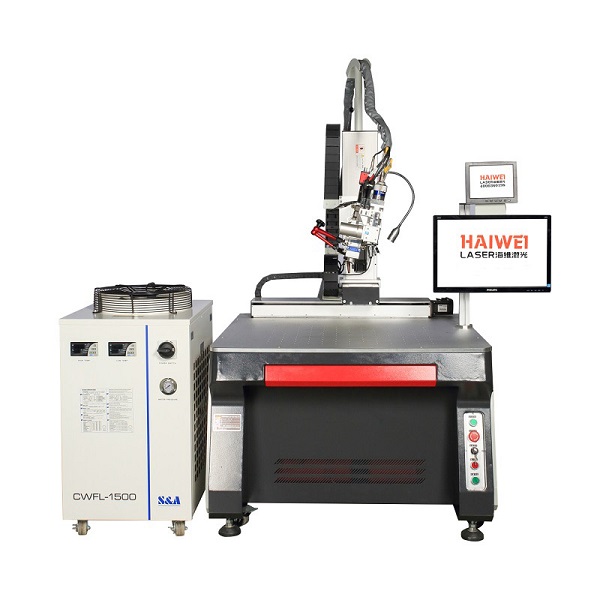What Makes Fiber Laser Welding Machines Stand Out?
When evaluating laser welding machines, many manufacturers are turning to fiber laser welding machines for their distinct advantages over traditional welding technologies. These systems offer performance benefits that directly impact productivity, quality, and long-term operational costs.

High Energy Efficiency and Low Operating Costs
One of the main strengths of a fiber laser welding machine is its energy efficiency. Compared to older CO₂ or Nd:YAG laser systems, fiber lasers convert electrical power into usable laser energy at a much higher rate. This results in lower electricity consumption and reduced heat loss, making them more cost-effective for continuous production environments.
Superior Beam Quality and Precision
The beam delivery system in a fiber laser welding machine provides excellent focusability and stability. This allows for precise welds on thin or complex parts without excessive heat input. The result is minimal distortion, reduced rework, and improved weld consistency—especially important in industries like automotive, electronics, and medical device manufacturing.
Longer System Lifespan with Lower Maintenance
Fiber lasers have fewer moving parts and do not require frequent replacement of optical components or gas refills. This design leads to longer uptime and reduced maintenance expenses. Unlike some other laser welding machines, fiber systems are solid-state, meaning they are more resistant to environmental factors such as temperature fluctuations and vibrations.
Compatibility with Automation and Integration
Modern fiber laser welding machines are designed to work seamlessly with robotic arms, CNC systems, and vision-guided positioning tools. This makes them ideal for automated production lines where repeatability and integration are essential. Their compact size and fiber-based delivery system also allow for easier installation in limited spaces.
For businesses seeking reliable, high-precision welding solutions, fiber laser welding machines offer clear advantages in efficiency, durability, and integration capability. Whether upgrading an existing line or setting up a new one, choosing a fiber-based system can significantly enhance both process control and long-term value.
Recent Posts
- What are the advantages of laser welding machines in lithium battery pack production lines?
- What issues should be noted when choosing a lithium battery pack production line?
- Quality Inspection and Control of Lithium Battery Module Pack Production Line
- Cell grouping and sorting process in lithium battery module pack production line
- What are the safety hazards of lithium battery pack production lines and how can they be prevented?
INQUIRY

